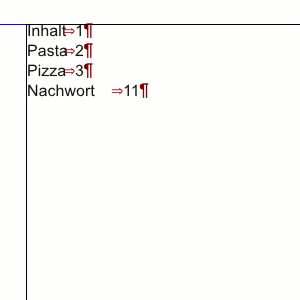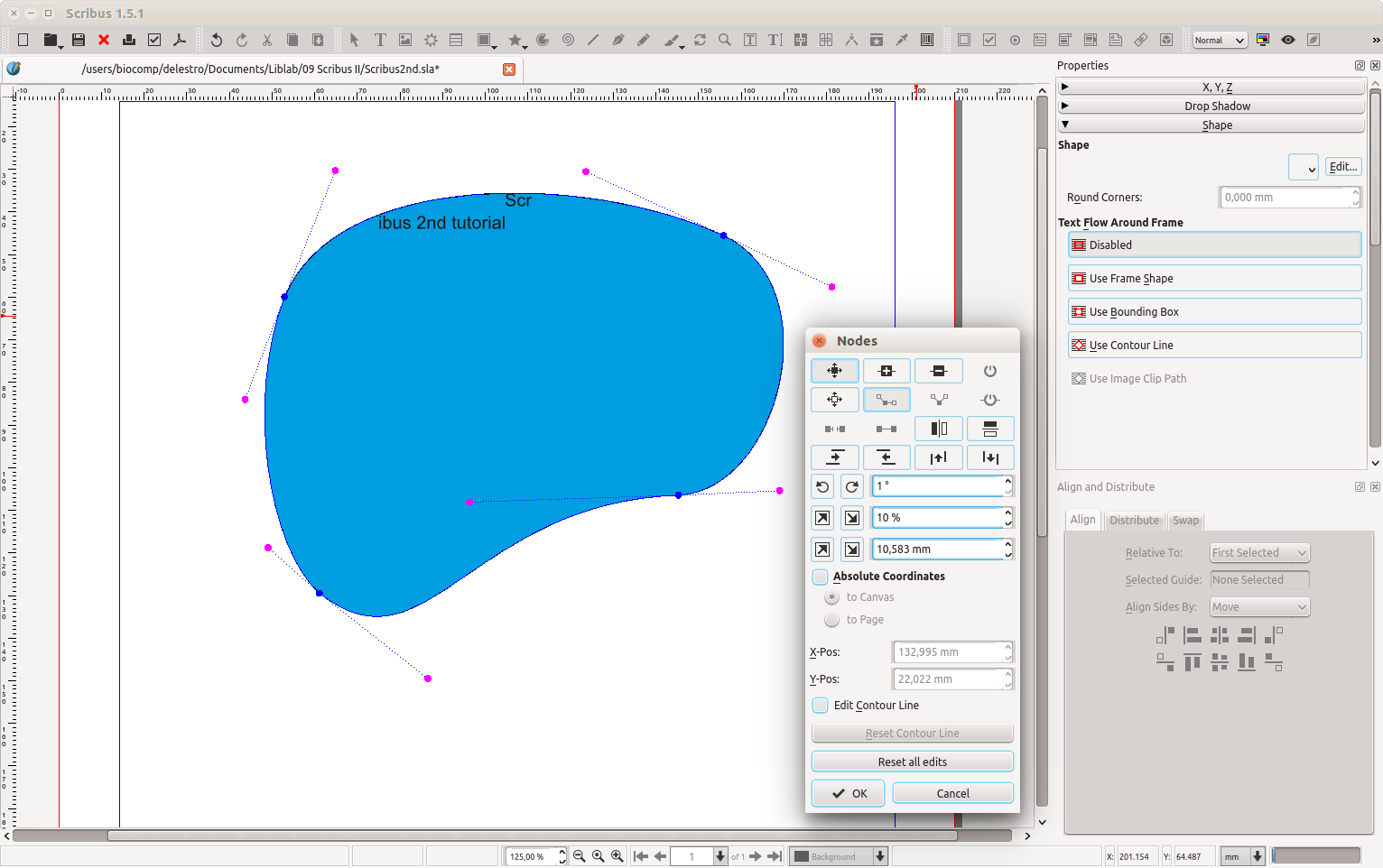
Scribus' Layer window is a standard one that should be instantly familiar to anyone who has worked in another graphics or layout program. In complex documents, many designers prefer to work in layers, isolating elements from each other, then turning their visibility on and off to reduce clutter. The options you can set are to have copied items moved automatically to the scrapbook, to retain copied items the next time you open Scribus, and the number of copied items to keep in any Scrapbook. You can set the Scrapbook behavior from File -> Preferences -> Scrapbook. You can have multiple scrapbooks (one for text and one for images is often useful), and drag objects on to a page as needed. The Scrapbook is a repository for items that you might want to reuse or don't yet have a place for in a document. It is most useful in long documents, and when you replace the default names (like Text2) with names that meaningful to you. Like the Navigator in LibreOffice, the Outline Window shows all of a document's pages and objects, and can be used to jump to them immediately. You can also reach the Properties tab via an object's context menu, or by pressing F2. Any tab inapplicable to the currently selected objected - such as the Image tab for a text frame - is grayed out and unavailable.

Change the selection, and the Properties window also changes.The Properties window includes seven tabs: X, Y, Z for naming and positioning, Shape for the outline of the frame and how other text flows around it, Group for the outline of grouped objects, Text for font and spacing choices, Image for positioning and resolution, Line for how lines end and intersect, and Colors for object fill. The Properties window shows all the design details for the currently selected object or frame. They're listed more or less in order of the frequency that you are likely to use them:

#Scribus tabs windows
The secondary Windows are available in the Windows menu, along with the usual list of open windows and the choice to cascade or tile them on the screen. Consequently, it's worth taking the time to look at them, to ensure that you don't miss some useful tools.

You may discover some of these secondary windows via menus and toolbars as you work, but not all. Other tools are positioned to secondary windows, where they have all the room they need for detailed settings. Scribus is designed so that the main window shows only the document you are designing.


 0 kommentar(er)
0 kommentar(er)
